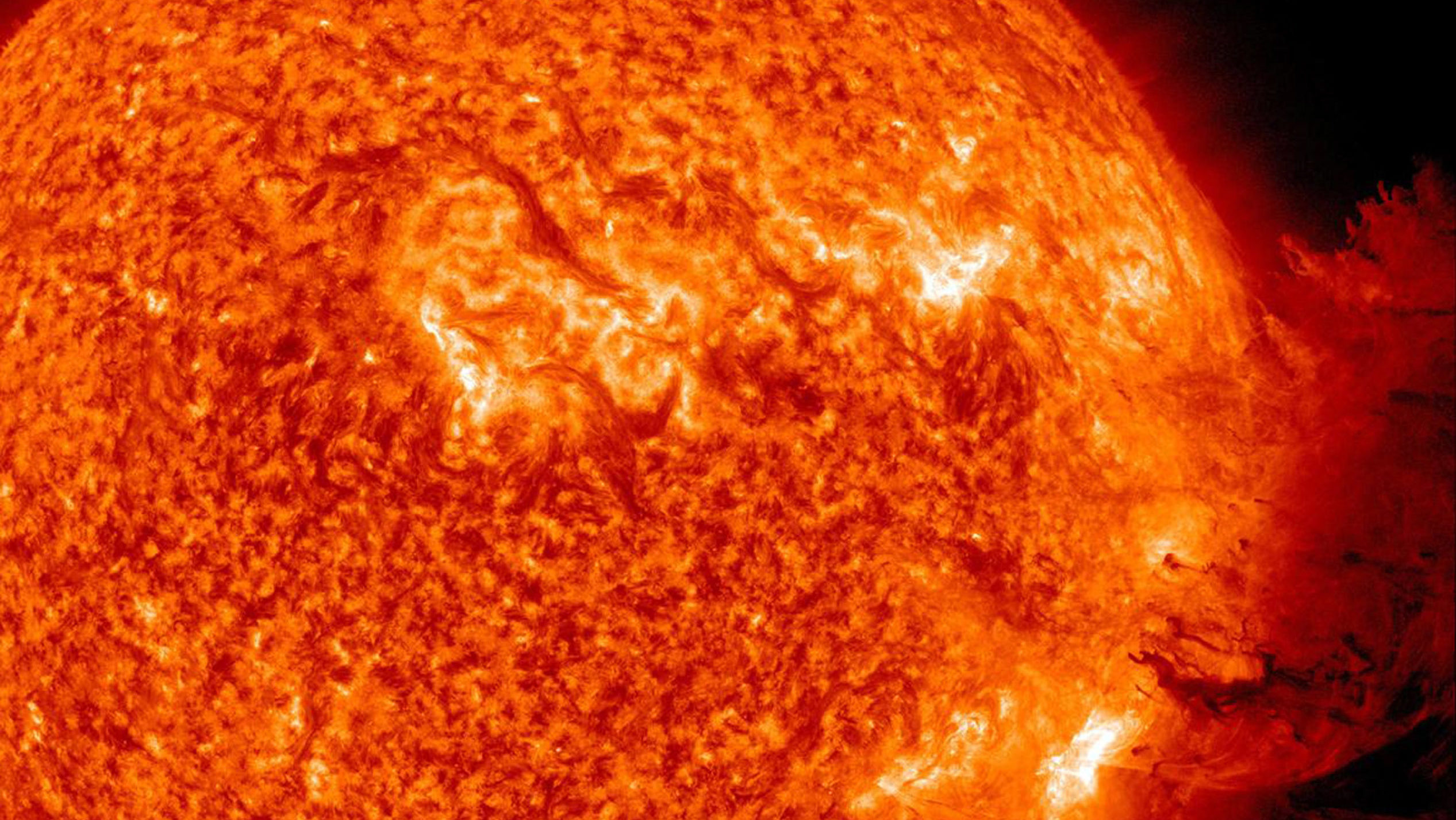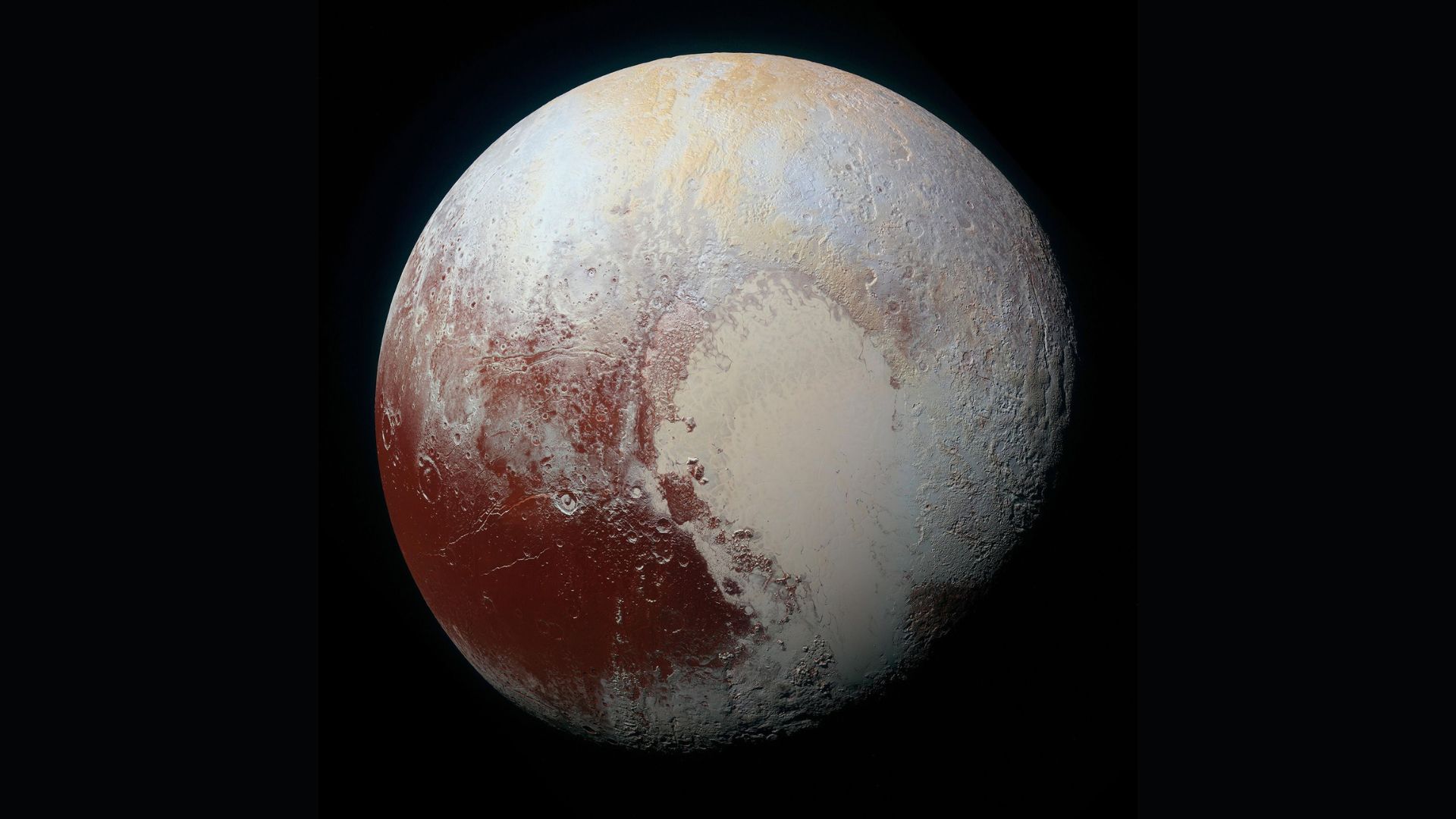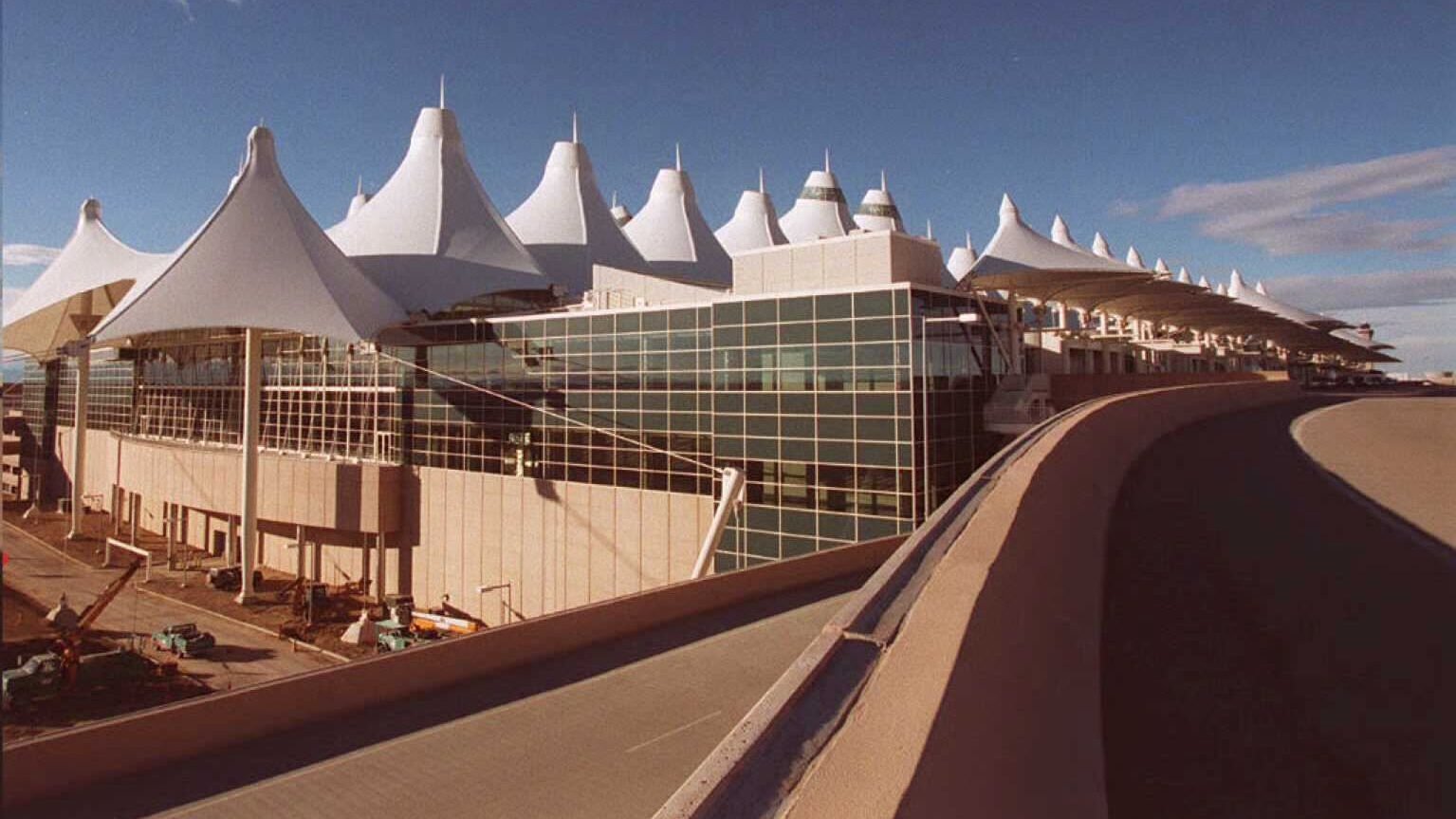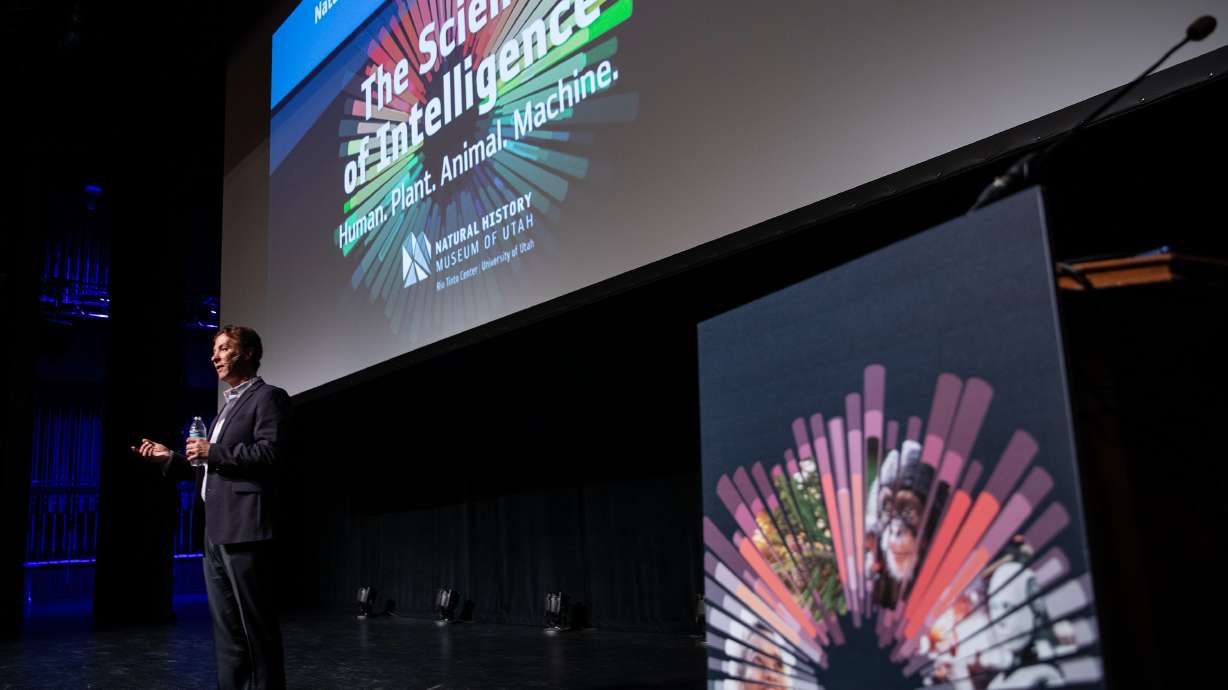Logan lab studies impact of solar flares on satellites
Feb 17, 2023, 9:00 AM

IN SPACE - JUNE 7: In this handout from NASA/Solar Dynamics Observatory, a solar large flare erupts off the sun June 7, 2011 in space. A large cloud of particles flew up and then was pulled back down to the sun's surface. According to NASA, the event is not suppose have any effect once the particles reach the earth on either June 8 or June 9. (Photo by NASA/Solar Dynamics Observatory via Getty Images)
(Photo by NASA/Solar Dynamics Observatory via Getty Images)
LOGAN, Utah — Your credit card stops working then, your radio kicks out. What’s happening?
It could be a solar flare causing glitches in a satellite. That’s why the Space Dynamics Lab at Utah State University in Logan is investigating. They want to know how the sun messes with satellites and if the Earth’s atmosphere plays a part.
“Solar wind, coronal mass ejections, high energy particles coming from the Sun, that is space weather, said Space Dynamics Laboratory Payload Manager, Eric Syrstad.
“And that is what impacts that region of space where we have, you know, really expensive satellites flying around. We rely on those for communication and GPS and that type of thing.”
Syrstad said their new camera is ready for spaceflight. Because satellites orbit where Earth air meets space, solar flares create havoc for communications like credit card scanners, satellite radio, and even the Internet.
“In looking at the space weather system with other missions and through upper atmospheric models, we’ve realized that it’s not all about the sun and that the Earth actually does play a role,” said Syrstad.
To figure out what role the Earth plays, a remotely operated SDS camera will watch for waves that solar winds make against and through the Earth’s atmosphere.
Syrstad compared it to measuring ripples on a lake, but the ripples this sensor sees in orbit will be miles apart. The waves hit the upper atmosphere, where most satellites fly.
Related: 2022’s extraordinary cosmic revelations and moments in space exploration













